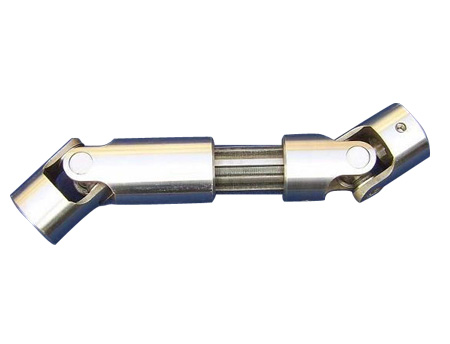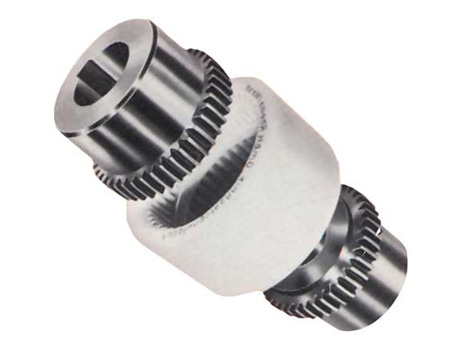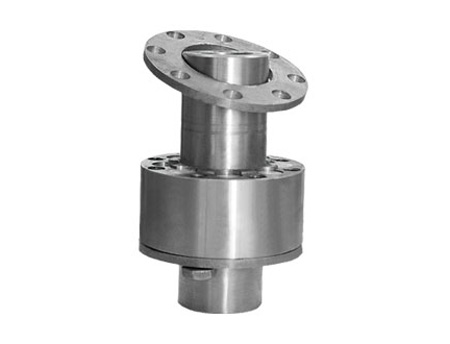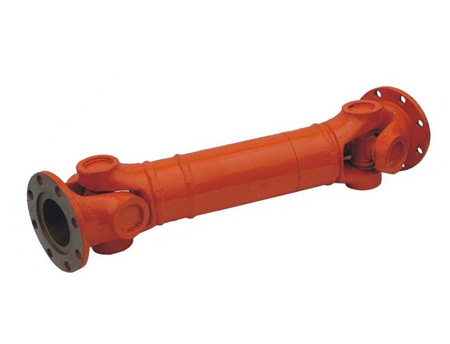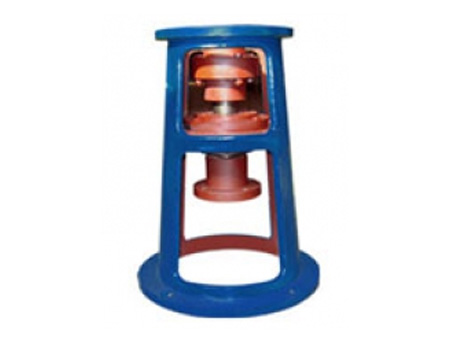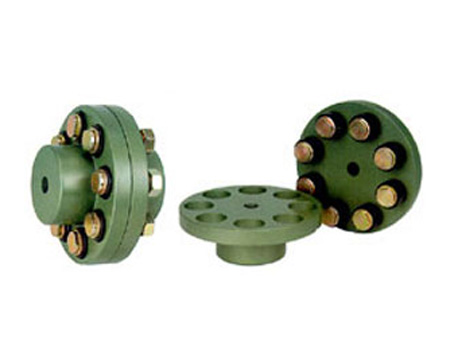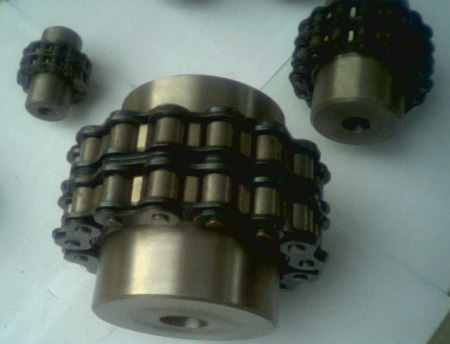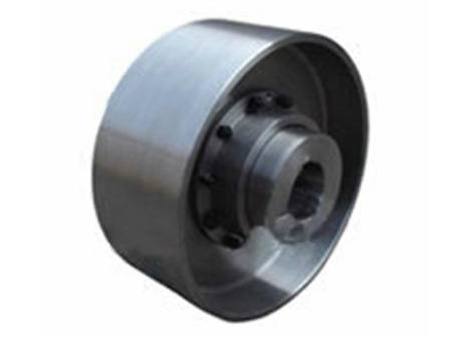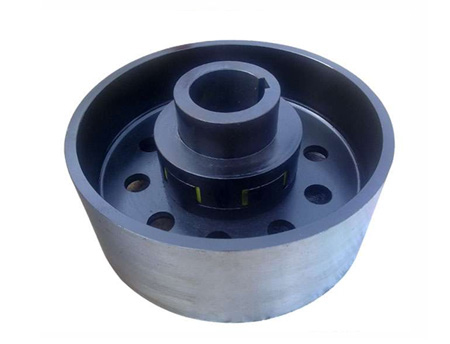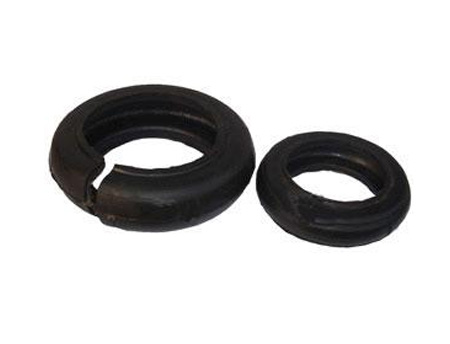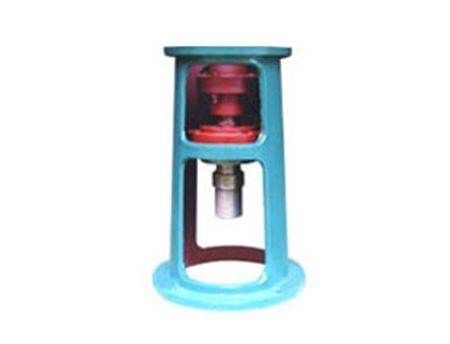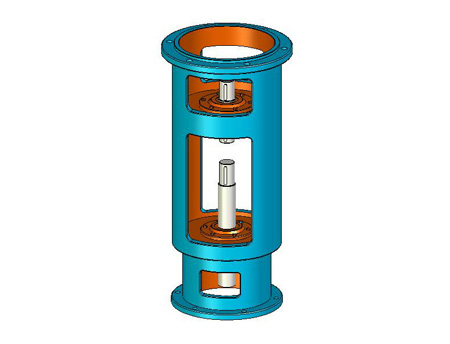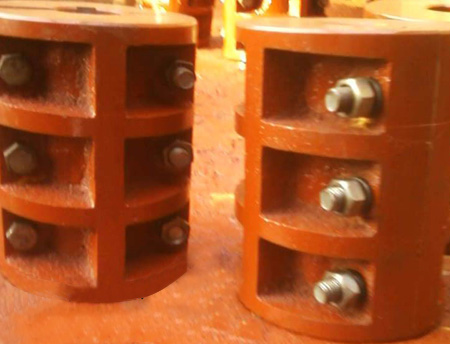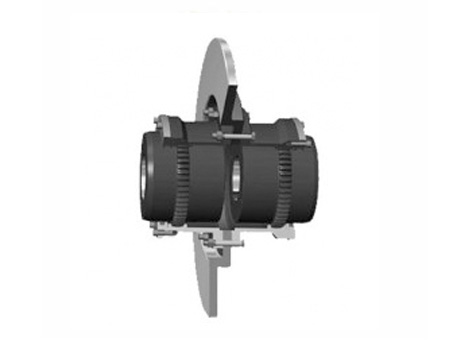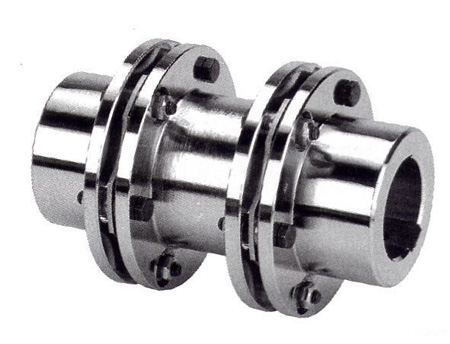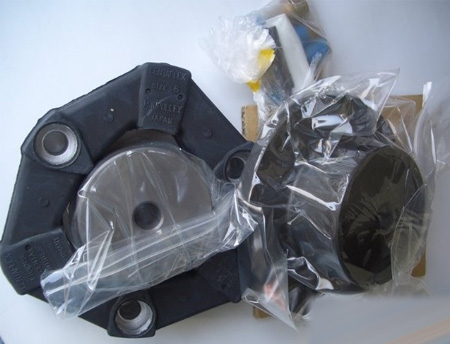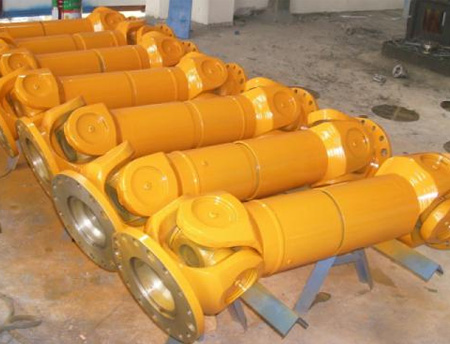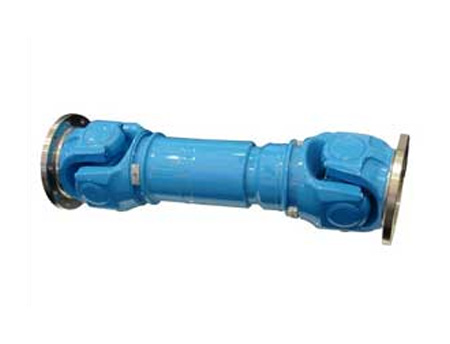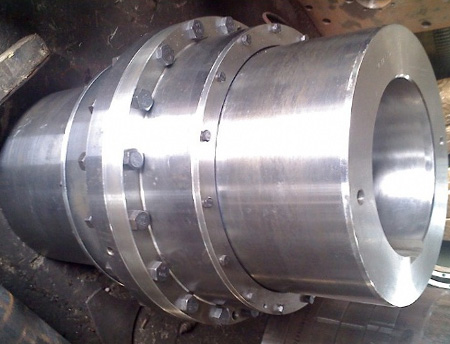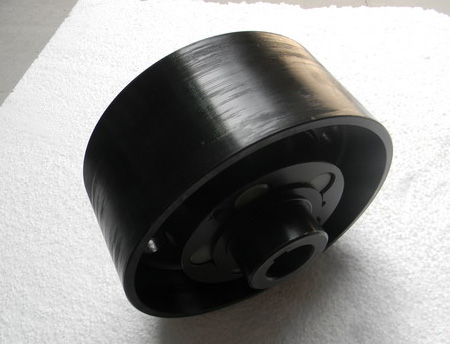- Introduction to Couplings
- A detailed introduction to the drum gear coupling!
- What are the requirements for coupling guards?
- The difference between plum coupling and diaphragm coupling
- What are the characteristics of drum gear couplings?
- Frequently Asked Questions about the Installation and Disassembly of the Diaphragm Coupling
Website: www.rigid-shaft-coupling.xyz
Address: Xihuan Industrial Zone, Botou City, Hebei Province
Causes of bush burning caused by elastic sleeve pin coupling
In recent years, the single unit capacity of small horizontal hydro-generator units has been increasing. The elastic sleeve pin couplings originally used for 500kW or less can no longer meet the needs of increasing the single unit capacity of horizontal hydro-generator units. Instead, the transmission torque ratio is adopted. Elastic sleeve pin coupling Large elastic pin coupling.This type of coupling is currently widely used in small hydro-generator units, but the problem of bearing bush burning caused by the elastic pin coupling coupling is also aggravated with the increase of unit capacity and speed.This coupling connection seriously affects the operation of the hydropower station. Many power station units burn watts when turned on or off, causing great economic losses to the power station.For this reason, a detailed theoretical analysis and research on the connection of the elastic pin coupling is carried out, and the corresponding technical transformation of the elastic pin coupling is carried out according to the existing problems.
Most of the small horizontal hydro-generator units are connected by elastic sleeve pin couplings. This type of coupling is generally used for small units with a rated speed of 500r/min and below 750kW.The generator adopts rolling bearings, and the axial force of the generator is mainly borne by the rolling bearings.When the single generator capacity increases, the original elastic sleeve pin coupling cannot meet the resistance torque generated by the increase in the generator capacity, so the elastic pin coupling is used for connection.The rolling bearings also cannot withstand the increase in generator load, and sliding bearings are used.As the sliding bearing can only be used to bear radial force, and the coupling is connected by an elastic pin coupling.When the unit is running (especially when the unit is turned on and off), the generator rotor is subjected to electromagnetic force and other unbalanced axial forces, causing the generator to move axially, causing side collision of the bearing bush and friction, causing the generator bearing to burn.
